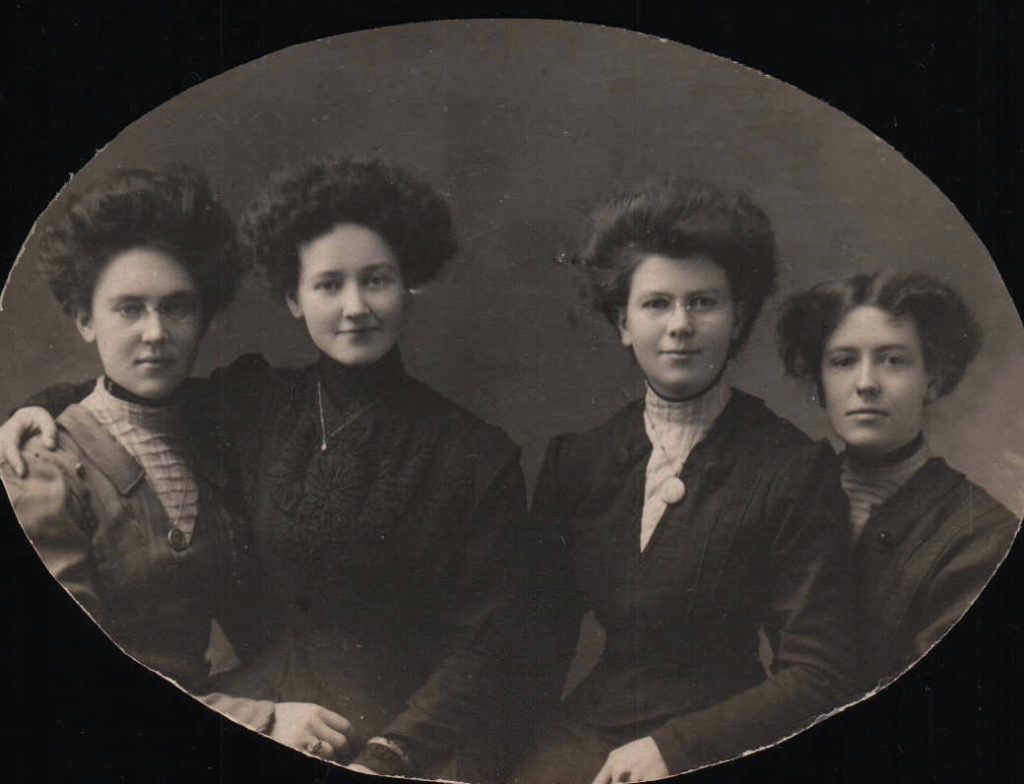
RESEARCHING my family history started as those things usually do, out of curiosity, but I didn’t know I’d be uncovering a life-changing secret. Finding my grandmother’s hidden memories in the back of my mother’s closet that day in 2010 started me on a seven-year journey of research and discovery. Eventually, this would become the inspiration for my book, Don’t You Dare.
When I found those photos, I knew they were special, but it wasn’t until I’d taken a closer look at her 1915 wedding photos that I understood exactly how special they were. The groom standing next to my grandmother in those photos was not my grandfather, but a woman dressed in men’s clothing.
When I questioned my mother about the photos, she looked away. She was either unwilling or unable to provide me with any information due to the progression of her dementia. For some people, the story may have ended there. But for my entire adult life, I had thought I was the only LGBT person in my family. There had never even been any rumors about my Grandmother Ruby being involved with another woman before marrying my grandfather, but she had left behind all the clues one needed in those two cardboard boxes. I wondered if she knew when she chose to save them that someone would find them one day. Did she suspect that someone would be me?
Luckily, I’ve become proficient at doing research and looking for clues to solve complex situations, thanks to my over thirty years of experience as a banking executive. I relied on these same skills when researching my grandmother’s secret past.
I took these boxes home and immediately started unpacking the photos, letters, and newspaper articles. My first step was putting them in chronological order. Her collection was extensive and dated back as far as 1910. It quickly became clear that there was not just one, or even two, other women in these photographs. Instead, I found a whole group of women socializing together in the small rural town in Wisconsin where my grandmother Ruby lived at the time.
I did most of my research online but did travel twice to my grandmother’s hometown. While there, I spent time at the local library, which served as the town archive. I also talked with the town’s historical society and spent time searching for more facts while roaming the streets and cemeteries.
During my research it occurred to me that as wonderful as my grandmother Ruby’s photos were, the truth behind them was tragic, because those moments captured on film were as far as their relationship could ever go. Although they dared to take photos, the possibility of discovery made it dangerous. It struck me how brave my grandma was to keep her pictures for so many years.

As a lesbian, I couldn’t help comparing my life to that of my grandmother back then, living in a small town, where she had to conceal her true identity. What would I have done? Who could I have trusted? How would I have found love? I soon realized these were the same questions I asked myself when I was a teenager in the 1970s. Of course, the upshot of being gay in the early 1900s and today are vastly different, but, depending on where you live, being LGBT can still be subjectively scary and objectively dangerous.
When I began my research, I was surprised by the details printed in the local newspapers back then. The social section on the back page often listed the names of out-of-town visitors, where they came from, and who they were visiting. Patterns started to form, involving the same group of women that I’d discovered in those two cardboard boxes of my grandmother’s.
One of the names that kept reappearing was Cora Turner (no relationship to my family). Cora, I found out, was an unmarried local woman who often held parties for “young lady friends.” My aha! moment came when I noticed that my grandmother had attended many of these parties. I also recognized some of the women at Cora’s parties as the same women that were in my grandmother’s photos. My conclusion was that these “exclusive parties” were really lesbian social events.
I found out who the mystery woman in my grandmother’s wedding photo was by searching the local newspapers. I only knew her first name was Ella because my grandmother had printed it along with hers under one of their photos. On April 30, 1919, a local newspaper reported that the local telephone girl (Grandma Ruby) had called in sick to work. On the same day, a separate article listed Ella’s full name. I searched her name, found her college photo, and identified her as the person in the wedding photo with my grandma. I also discovered where Ella lived and went to school, and other details about her that I incorporated into my book.
Slowly, a picture emerged from all of these small details. The more I found out, the more I knew that at some point I had to share my discovery with the world. I am not a professional genealogist or historian. I just felt a deep connection to my grandmother and the part of her life that she had to keep secret. I wrote my book to entertain and educate. I am simply a person who is passionate about our LGTB history, and I believe our stories deserve to be told. 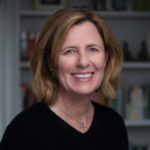
Gayla Turner, who works by day as a bank examiner, is a budding writer and the author of the recently published Don’t You Dare (BookBaby). She lives with her partner in San Marino, CA.


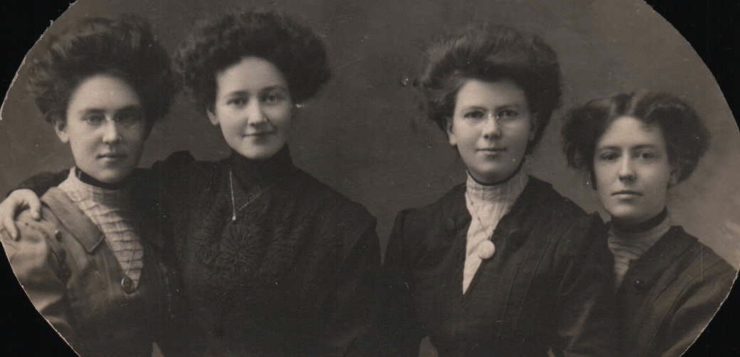


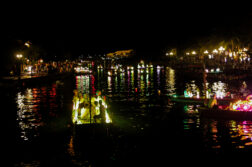
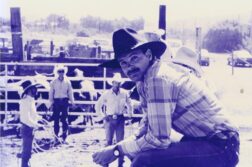
Discussion1 Comment
This is incredible! It reminds me of something my family member wrote about several years ago: uncovered photos of women dressed as men for “fun.” As a queer woman, I’ve always felt there was more to the story. The link is https://www.hagenbuch.org/sunday-afternoon/